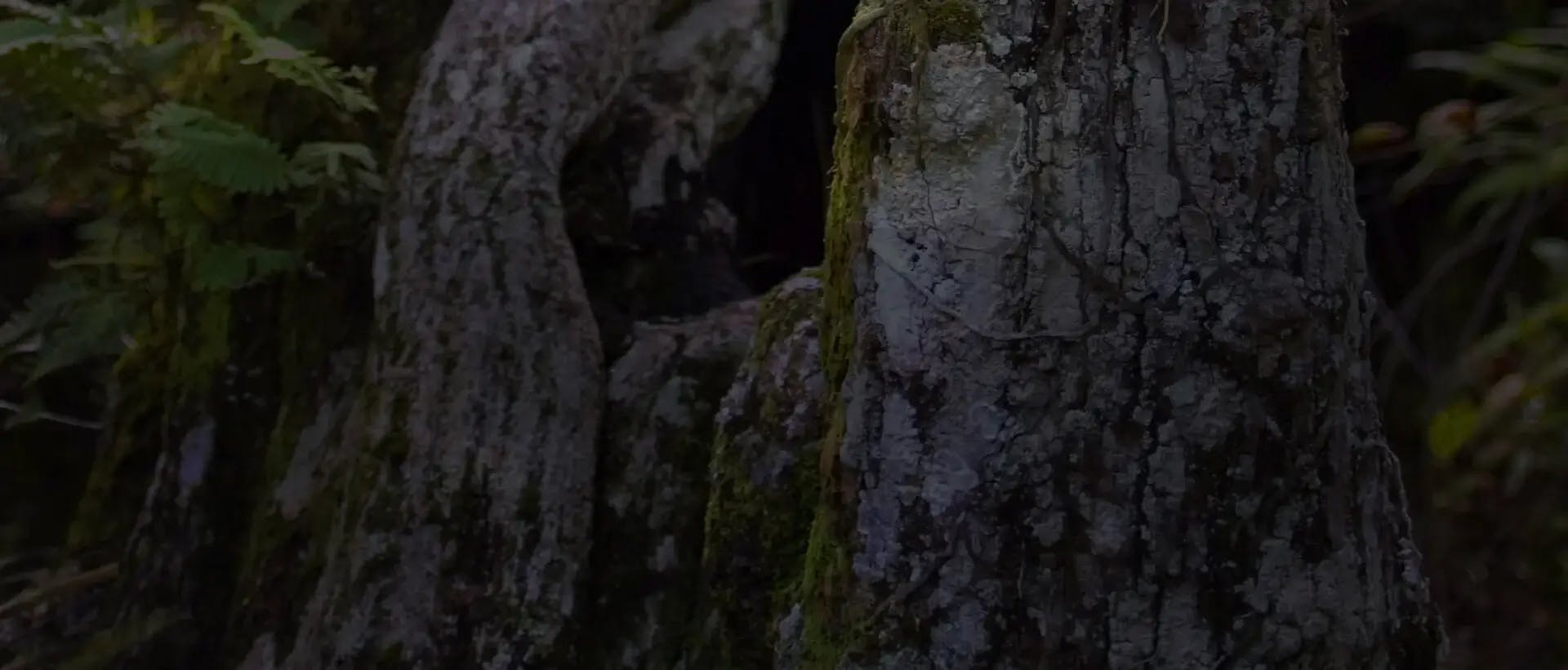
Cheiradenia
Classification
Overview
Etymology
Distribution
Care and Culture Card
See basic growing conditions and care information below.
Literature

FREE ACCESS: Orchid DealWire
Get notified when orchid vendors have special promotions and exclusive savings.







